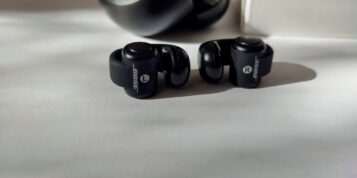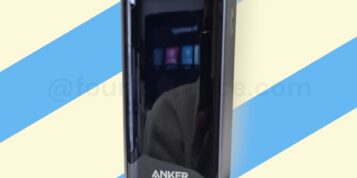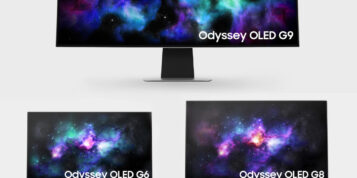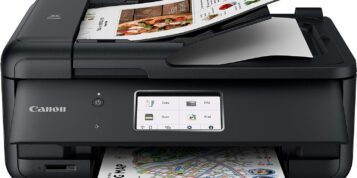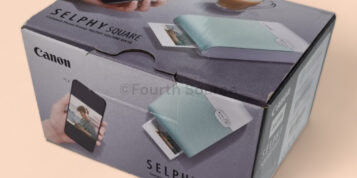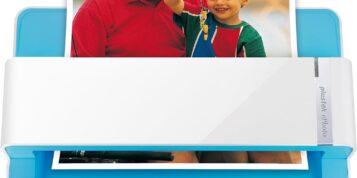We live in a time of change. Barely a day goes by without new developments in the world of technology, whether it’s new consumer tech – such as the boom in connected home devices with Amazon’s Alexa or Google Home – or broader movements disrupting the sector, from alternative reality to artificial intelligence and virtual reality.
These technologies have the potential to change our lives on an individual level – but they’re also transformative in what they can offer the advertising industry. Whether providing new touch points for consumers and brands, establishing new ways of transmitting editorial content, or bridging gaps between old media and new, technology in all its forms is shaking the foundations of the advertising and marketing space.
And we’re already starting to see some of the impact. According to findings from our DIMENSION report published earlier this year, 75% of connected adults use so-called ‘new media forms’. 71% claim to use a music streaming service, and 14% use a smart speaker just four years after the first was released in the mainstream – and only seven years after voice activation technology first appeared in the iPhone.
But it’s not only the physical technology that’s evolving. Technology platforms are rapidly diversifying and increasing in popularity, providing brands not only with a wealth of hardware but also a plethora of channels across which to optimise and distribute their content. To name a few, Facebook, Twitter and WeChat are increasingly seen as verified editorial outlets, whilst short-form videos and online newspapers have filled a space created by short attention spans and the decline of the print industry.
It’s not all about the new, however. Though the uptake of new technology is increasing at a rapid pace, more conventional forms of media still hold a lot of sway. 95% of connected consumers across all demographics still watch TV on a TV set, and consumers still prefer advertising on TV (33%) to online TV services (24%).
The result is that we find ourselves in a mixed-format economy in which it’s becoming critical for marketers to make the most of every avenue at their fingertips to communicate with their audiences. It can be a challenging landscape to navigate, and one which requires careful planning as well as watertight measurement to maximise campaign efficacy and efficiency.
We’ve therefore devised three key steps for brands and marketers looking to weather the storm of today’s multimedia environment:
1. New acquaintances – and faithful friends
When surrounded by so many new technologies and opportunities, sometimes it’s tough to know where to focus first: Connected TV? Smart speakers? Smart watches? Yes, it’s important to embrace these new technologies and keep pace with where consumers are focussing most of their energy and attention.
But that doesn’t mean you should forget any of your older platforms, which can be just as valuable touchpoints with your target audiences. It’s important – and prudent – to have as many strings in your bow as possible, and just because new technologies come along offering exciting, diverse and attention-grabbing opportunities doesn’t mean all which came before is obsolete.
In fact, more often than not, new and not-so-new technologies develop a symbiosis and actively drive engagement towards each other. Many established media forms remain resilient despite the rapid speed of technological progress, with 86% of DIMENSION respondees listening to the radio offline, and 73% and 72% reading print newspapers and magazines respectively. So, make sure you’re choosing how you communicate with your customers based on the platforms your customers are actually using, and not on the novelty factor.
2. Consistency is key, and content is king
The key to really unlocking the potential of both old and new devices lies in laying consistent foundations. Regardless of how many platforms you choose to share content across, make sure your messaging and brand positioning are consistent across all of them – and that goes whether you’re communicating with consumers through an old TV set or a brand new smart fridge. That way, you can be sure that your message is truly getting across, and that all the constituent parts of your campaign are working towards the same goal.
Remember, though, that a large proportion of consumers see the whole gamut of brand communication as just another form of advertising. 52% of our respondees saw recommended search engine results as advertising, whilst 64% felt the same about product placements. 61% even felt brand messages in print were advertising. Faced with these stats, a specific approach is needed: messages need to be clear and consistent, but they also need a relevant, human angle to help cut through the noise and resonate so that they can be both heard and understood.
3. Holistic measurement sits at the heart
Today’s consumer will, on average, use three different content sources to proactively gather information about a brand – led by the internet (64%) and friends and family (52%).
For marketers, cross-platform activity still presents a host of challenges for both creativity and measurement. Ensuring that advertising campaigns work across multiple platforms – and that the success of these campaigns can be properly measured – is not always easy.
The crux lies in consistent, holistic measurement. If a campaign’s collateral is being shared across multiple channels, reaching different audiences in different places at different times, all touchpoints need to be measured equally and in a uniform manner. Establishing clear targets and KPIs before launching a campaign, and then measuring reactions and engagement across channels as it unfolds is critical, both to the campaign’s success and to maximising budgets.
So whatever medium your campaigns find themselves on, make sure you measure consistently and, where necessary, monitor and edit content in response to consumer feedback and responses. That way, you can make sure your messages are really resonating with audiences, and you’re not just shouting into the void. And that in turn means getting the biggest bang for your buck.
A whole new (old) world
In this brave new world of media, it’s easy to approach every latest development with a play-it-safe, wait-and-see response. But it’s important not to miss out on the potential benefits just because of a few reservations. Offence is the best defence, and if you approach new tech with confidence – and make sure that your messaging and measurement systems are as consistent as possible across platforms – there’s no reason why you can’t make the best of the old world and the new.
